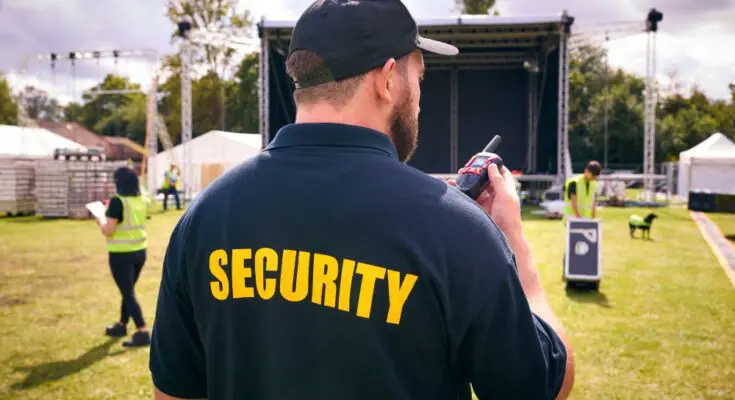Promoting safety at concerts is a top priority for security staff. With thousands of attendees gathered in one place, a single oversight can escalate into a massive security risk. By implementing effective strategies, security teams can create a safer, more enjoyable environment for concertgoers. Here are four impactful ways to improve security during concerts.
1. Enhanced Entry Procedures
Preventing unsafe items from entering the venue starts with rigorous entry procedures. Thorough bag checks and the use of metal detectors are essential for detecting prohibited items such as weapons or contraband. Station security personnel at multiple entry points to minimize bottlenecks and create a streamlined process for attendees. Visible, consistent procedures deter individuals with malicious intent while giving attendees peace of mind that measures are in place to protect their safety.
2. Increased Staff Training
Well-trained security staff are the backbone of an effective safety strategy at concerts. Regular training programs should focus on helping team members identify suspicious behavior, understand crowd dynamics, and respond to emergencies swiftly. Sessions that simulate real-life scenarios, such as handling an unruly crowd or addressing medical emergencies, can build confidence and efficiency. A vigilant, knowledgeable staff can neutralize threats before they escalate into larger issues.
3. Improved Communication Systems
Real-time coordination is essential during a concert, especially in crowded venues. Two-way radios impact event security management in a big way, allowing for immediate updates between security teams so everyone is on the same page. For example, if a staff member identifies a potential hazard, they can instantly alert other team members to address the issue promptly. A robust communication network allows for faster response times, reduces confusion during emergencies, and ensures staff can adapt quickly to developing situations.
4. Strategic Surveillance
Deploying surveillance cameras and monitoring systems across the venue provides security staff with additional eyes on the crowd. Cameras should cover key areas such as entrances, exits, and high-traffic zones, offering a comprehensive view of the event. Monitoring these feeds in real time enables teams to identify unusual behavior or potential threats early. Pairing surveillance systems with on-the-ground patrols creates a layered safety approach, making it harder for security breaches to go unnoticed.
Strong security measures are critical for safeguarding concertgoers so events run smoothly. By enhancing entry procedures, investing in staff training, improving communication, and deploying strategic surveillance, security teams can better protect attendees and maintain order. To uphold safety standards and elevate concertgoer confidence, implement these strategies to improve security during concerts today.


